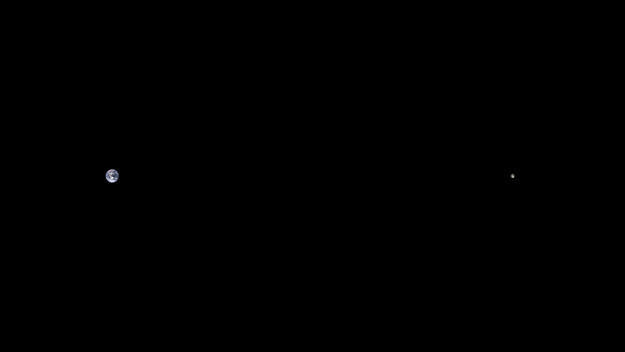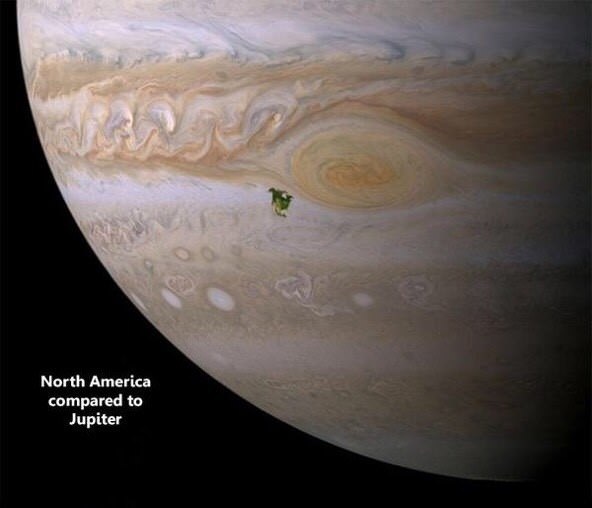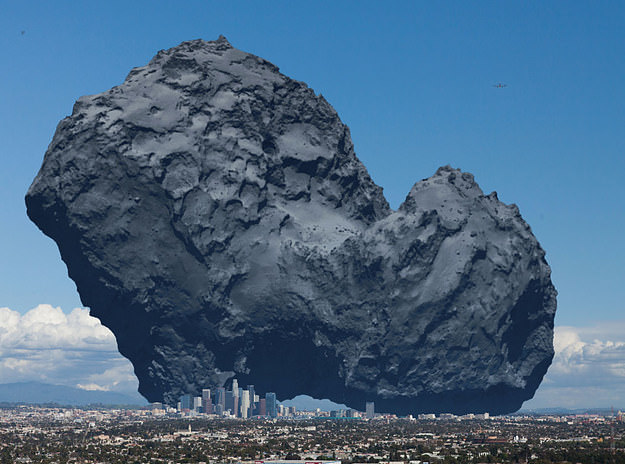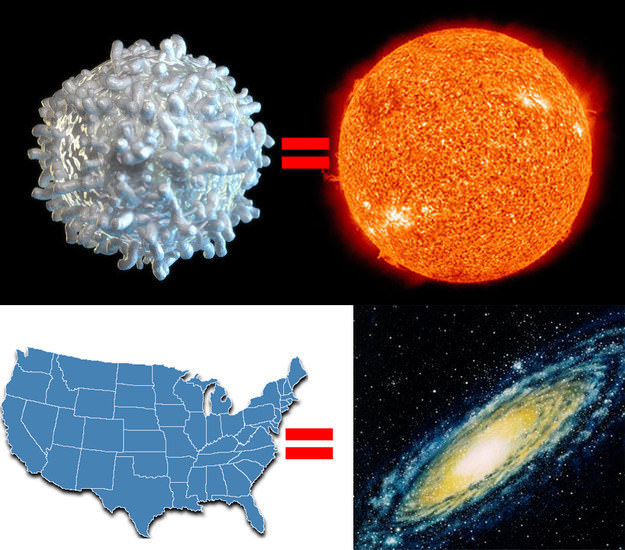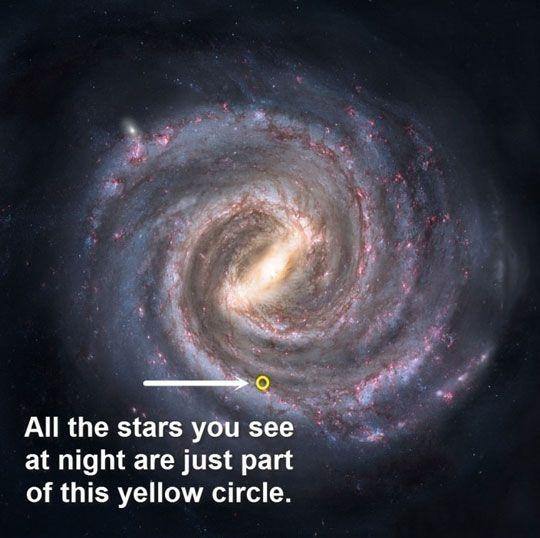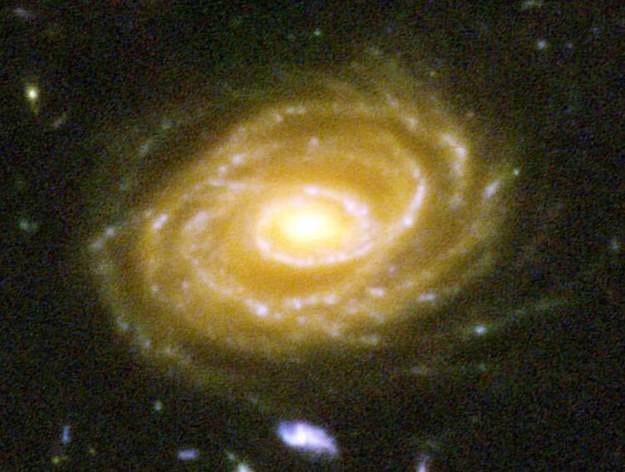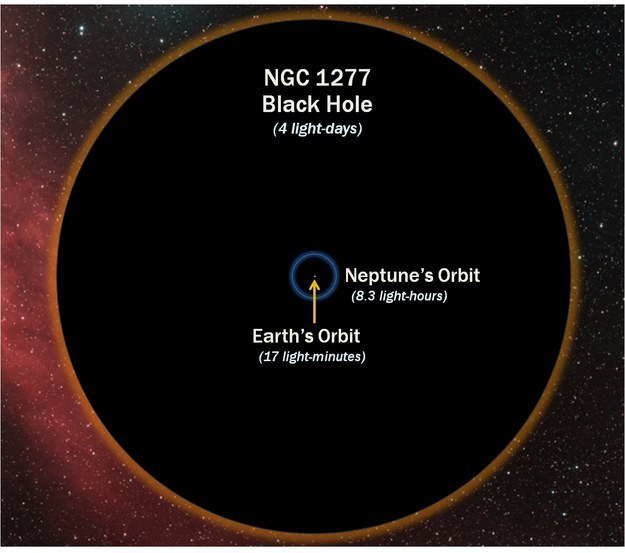
If you enjoyed seeing the size of our Earth in True Perspective, you may like seeing the shape of our universe itself. It really made me think about our own place in the universe. I started looking for more information and I ended up finding these great pictures that showed even more details about our solar system, the planets, our galaxy, and the universe as we know it. I hope you’ll like this deeper look into the amazing creation around us.
Planet Earth - our home
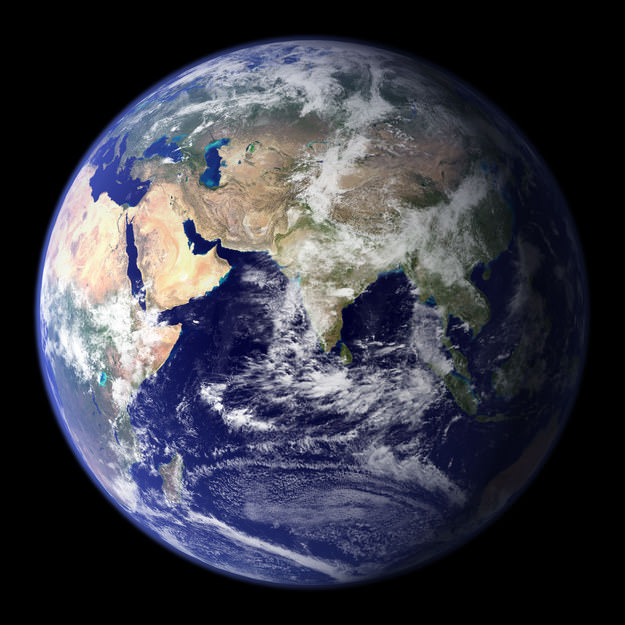
Source: NASA
Our solar system - "Sol"
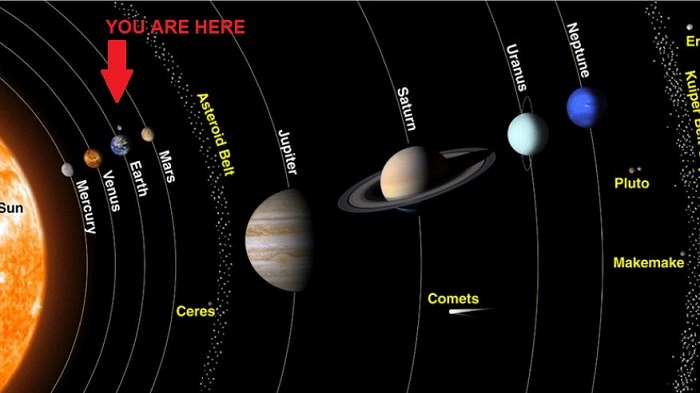
Source: NASA
The distance between the Earth and the moon (to scale)
Amazingly, we can fit all of the planets in the solar system in that distance...
The size of North America, to scale with Jupiter
The circumference of Saturan's rings is six times the circumference of Earth. It's 175,000 miles (282,000 km), while Earth's circumference is about 24,860 miles (40,075 km).
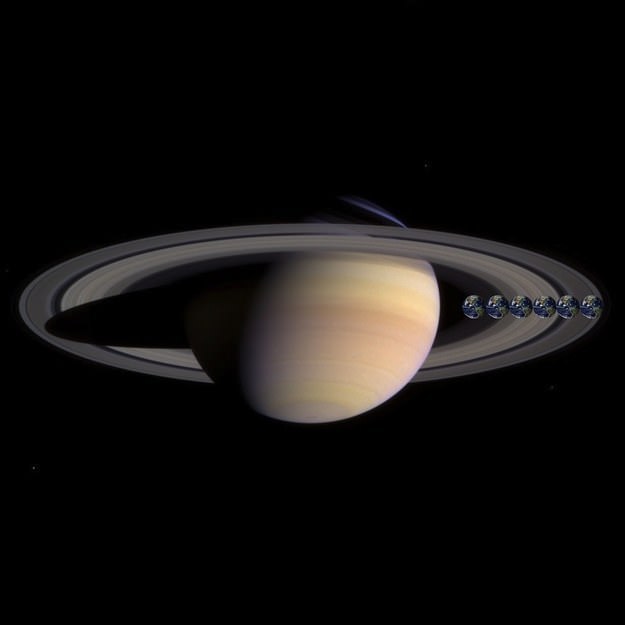
Source: NASA
If Earth had rings like Saturn, this is how the sky would look like in different parts of the world:
You may have heard that the European Space Agency landed a probe called 'Rosetta' on the Churyumov–Gerasimenko comet. This is that comet, to scale with Los Angeles:
The size of the Sun compared to the rest of the planets:
The Earth, as seen from our moon - Luna:
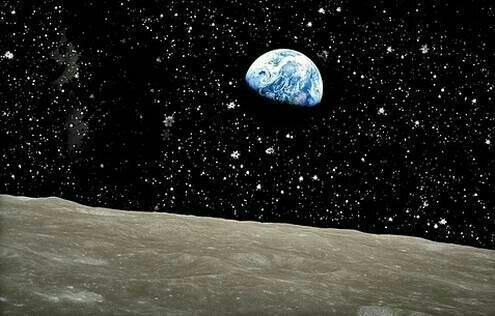
Source: NASA
And this is what the Earth looks like from Mars:
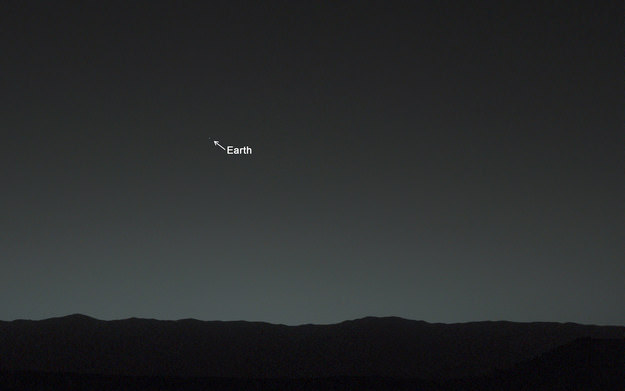
Source: NASA
And that little blue dot is us, as seen from Saturn's orbit:

Source: NASA
That tiny little speck is the Earth, as seen from 4 billion miles away...
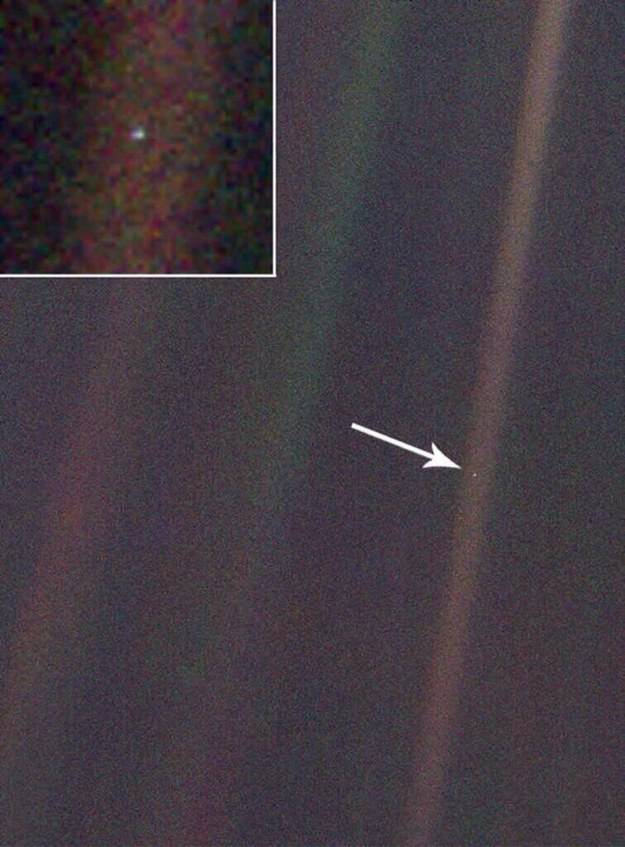
Source: NASA
Remember the size of Earth, compared to the sun?
This is what a sunrise looks like on Mars:

Source: NASA
As huge as the sun is, in the universal scale - it's actually tiny. When put next to YV Canis Majoris (one of the largest known stars), it seems smaller than a speck of dust. YV Canis Majoris is 1419 times bigger than the sun!
If you want another scale, imagine the sun is the size of a human white blood cell. Now, staying on that scale - the Milky Way galaxy would be the size of the United States - that's almost incomprehensible.
And if you ever wondered - this is where our solar system is in the Milky Way:

Despite that, this is all you ever see with the naked eye:
Now, let's increase the scale - this is the size of our galaxy, compared to other known galaxies:
Now, let's get REALLY BIG - every light you see in this picture is a galaxy. Each galaxy contains hundreds of millions of stars and solar systems. Incredible!
This is galaxy UDF 423, you can see it in the bottom-right part of the picture above. UDF 423 is about 10 billion light years away from earth, meaning that the light needed 10 billion years to get from it to here. What you see is what this galaxy looked like 10 billion years ago!
Now, just to up the ante - the image of the galaxies above was taken from this tiny, seemingly starless spot in the sky:
You must have heard of "Black Holes", right? Well, in the center of galaxy NGC 1277 there is a supermassive black hole. If you need to know what "supermassive" means, look at its scale, compared to Earth's orbit around the Sun:
So lets have a final recap - This is Earth, our home:
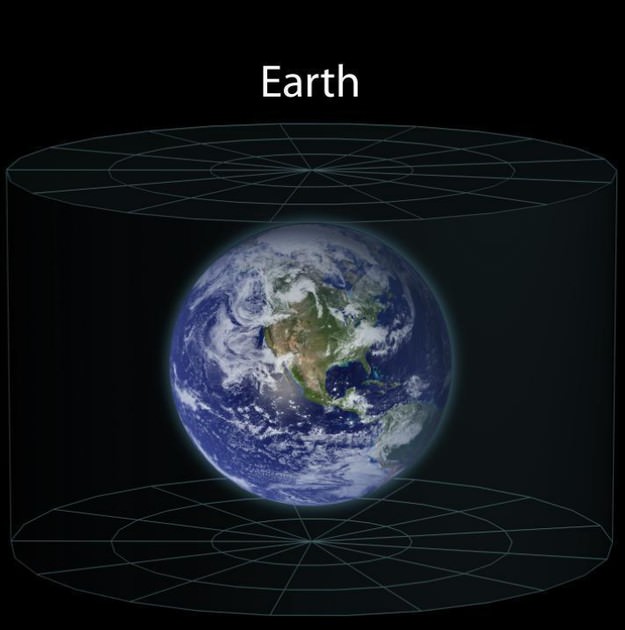
Source: Andrew Z. Colvin
This is our solar system:
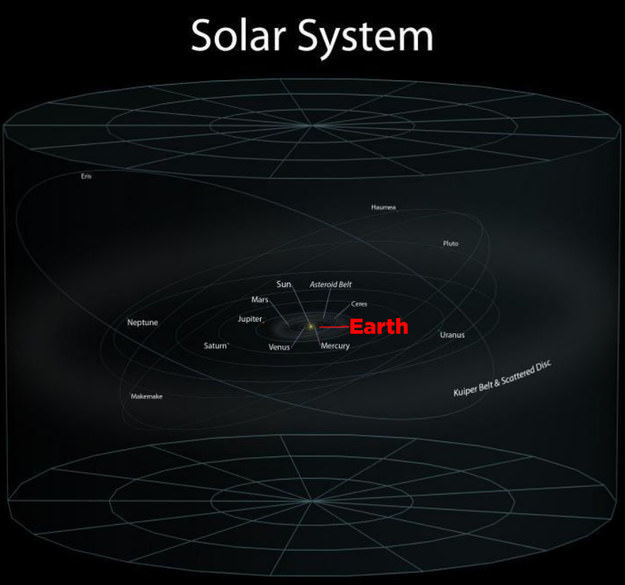
Source: Andrew Z. Colvin
This is our solar neighborhood - these are just the solar systems in our part of the galaxy:

Source: Andrew Z. Colvin
This is where our neighborhood resides in the Milky Way Galaxy:
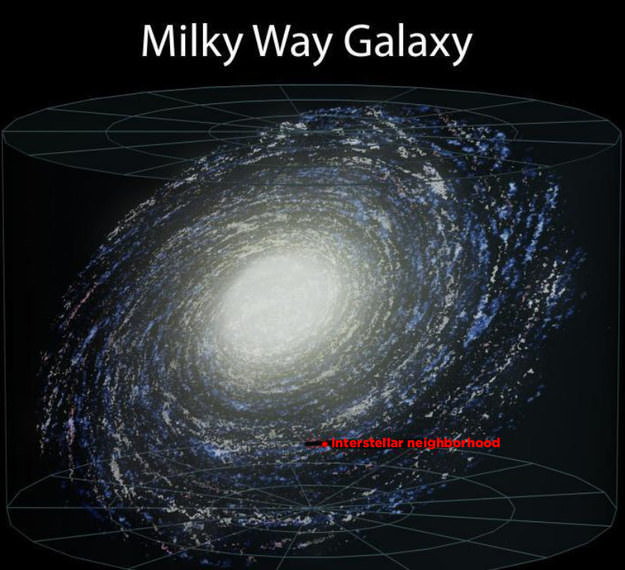
Source: Andrew Z. Colvin
This is the Milky way in its local galactic group:
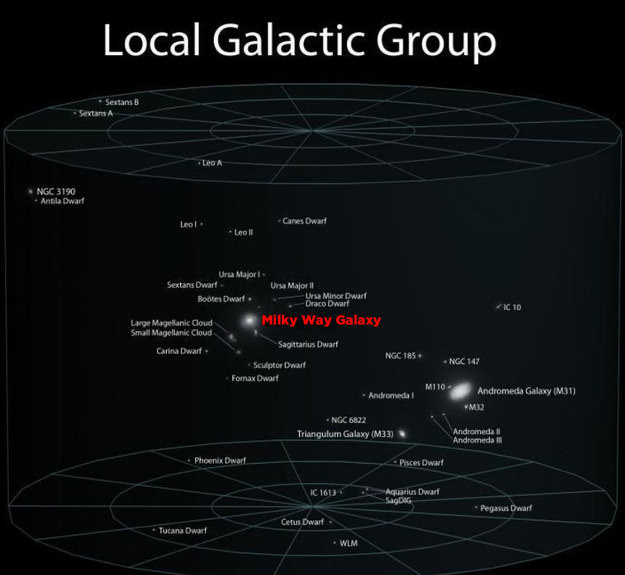
Source: Andrew Z. Colvin
This is our galactic group in what is known as the "Virgo Supercluster" - the local cluster of galaxies in our small part of the universe:
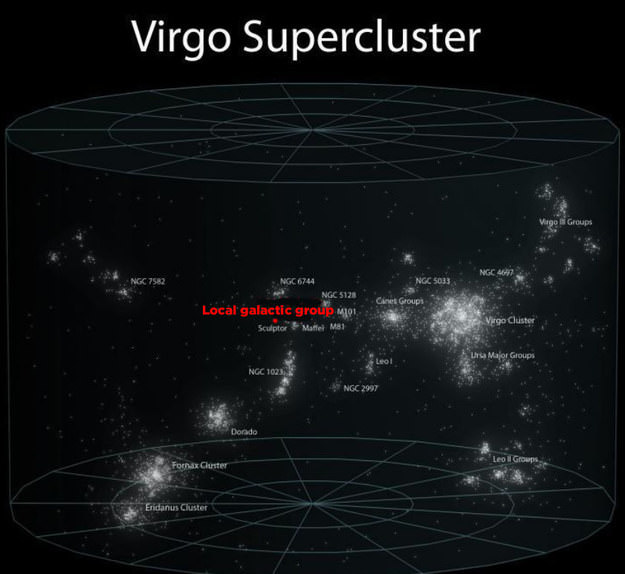
Source: Andrew Z. Colvin
This is where the Virgo Supercluster is located in the local supercluster neighborhood:
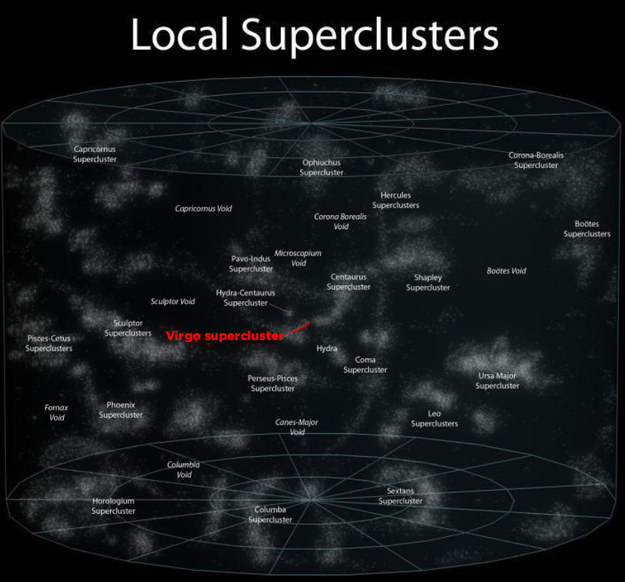
Source: Andrew Z. Colvin
And this is the universe - as far as modern technology allows us to see:

Source: Andrew Z. Colvin
It's a big universe out there...
Related Articles:
15 Pictures of Space From Different Observatories
30 of NASA Greatest Achievements Captured in Photos
The Weirdest Planets Discovered So Far
H/T: buzzfeed.com
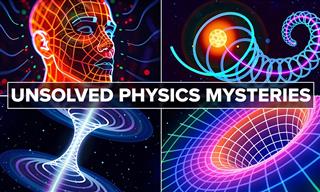 3:02:59
3:02:59
Like Science Mysteries? Enjoy This Giant Compilation!
In this video, we unravel the greatest unsolved mysteries of physics.
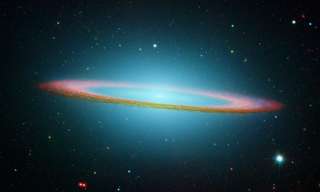
20 Fascinating Facts about the Big Void that Surrounds Us!
Our understanding of the cosmos gets more and more interesting every year. The more we learn, the more we realize there is yet to know.
 29:21
29:21
Do You Want to See How the Universe Ends?
Take a huge journey in time with us, rushing ahead billions and trillions of years to when the universe will die.
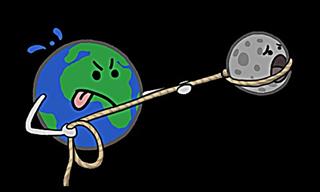
Video Box: All the Things That Make Our Planet Tick
Give your brain a little scratch with a series of earth-themed general knowledge lessons in the form of quirky and cute animations.

These Will Give You True Perspective About Our World
Just to give you an idea of how big the Earth really is in true perspective to all the other heavenly bodies up there in the cosmos.
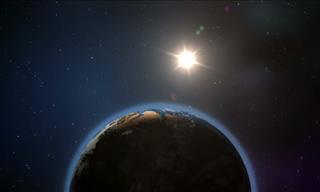 2:39
2:39
Science Lesson: Why is Space Black?
This video will explain why exactly space is the color it is - black.
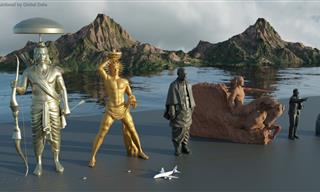 8:12
8:12
The Tallest Statues Compared, Even Those Not Built Yet...
In this 3D animated size comparison, we showcase the tallest statues in the world alongside ambitious future projects.
 9:34
9:34
Was Roman Concrete Really Superior to Our Own?
How did Ancient Romans make such durable concrete that it still lasts today?

Is Weekend Sleep as Good as Regular Sleep? Let's Check
If you thought sleeping in on the weekend was a bad habit, you're about to find out that it's quite the opposite.
 1:14:42
1:14:42
Documentary: How Did Our Universe Come From Nothing?
Can “nothing” truly become “something”? In this video, we’ll dig into this mind-bending question.

9 of the Greatest Unsolved Mysteries About the Universe!
The universe has been around for close to 14 billion years, but it still holds many mysteries that continue to perplex scientists. Here's 9 of them!

The Most Remarkable Medical Breakthroughs of 2024
Here’s a look at some breakthroughs in medical innovation this year.
 9:13
9:13
Want to Travel Quickly Through Space? Try Using a Wormhole
If you want to know what a wormhole is and how it is supposed to work, then you've come to the right place!
 1:44
1:44
You Won't Believe What the Human Body Does in One Minute
How much do you think it is capable of doing in a single minute? Watch this video and you'll have your answer!

2024's Biggest Breakthroughs in Science We Must Celebrate
These recent scientific breakthroughs could change the world.
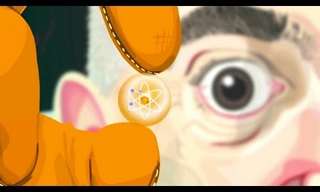 5:28
5:28
Just How Small is an Atom? - Fascinating!
Just how small are atoms? And what's inside them? The answers turn out to be astounding...

8 Important Inventions That Were a Complete Accident
It might be interesting for you to learn that some very important scientific innovations were born as a result of an accident.

Study: New Link Found Between Parkinson's and the Gut
A recent study has identified gut microbes likely involved and linked them to decreased riboflavin (vitamin B2) and biotin (vitamin B7), suggesting a potential treatment

Why It's So Hard to Get People to Change Their Stance
You feel that your knowledge is broader because you've read and researched a lot on the topic, but the other side still isn't convinced, even when you present facts and statistics. Why isn't that enough?
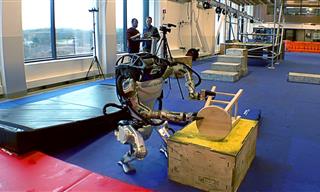 1:48
1:48
Boston Dynamic's Robot Does Some Incredible Things...
Boston Dynamics shows us again what her lead robot can do.

Learn Chemistry Easily with This Interactive Periodic Table
This interactive table of elements has video lectures about every element, including experiments
 0:55
0:55
China's G1 Robot is Showing Some Incredible Moves
The G1 is a new robot developed in China and in this video shows some amazing moves.
 7:56
7:56
These 6 Chemical Reactions Changed the Course of History
Although we rarely pay much attention to the chemistry that constantly surrounds us, these 6 reactions changed history.
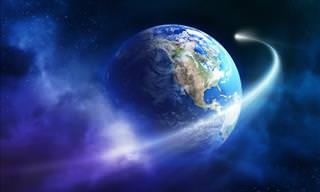 33:02
33:02
The Entire Story of Earth in 30 Minutes!
The story of our planet, from birth to the adult, ancient planet we see before us today - all in just half an hour.
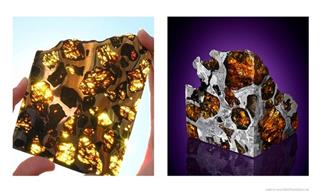
The Wildest Meteorites Ever Found on Our Planet - 15 Pics
Check out 15 of the most fascinating meteorites ever found on earth.
 2:17:01
2:17:01
Astronomy: What is Beyond the Edge of the Universe?
In this video, we explore what modern astronomy reveals about the universe’s boundaries—if they even exist.
 2:41
2:41
Trick-Mousing is Such Adorable Entertainment...
Mice are much cleverer than most people believe, and they easily respond to training, as long as you use positive reinforcement, or in other words - reward them frequently for their behavior with food.

10 Obscure Inventions by World Famous Inventors
We’d like to bring your attention to 10 lesser-known inventions of famous figures in history, which will reveal a new and different side of these inventors to you.
 42:14
42:14
Physicist Michio Kaku: The Universe in a Nutshell...
Physicist Michio Kaku explains the fundamental nature of our universe

These Materials are Strange Enough to Boggle Your Mind...
There are some materials in this world that totally defy scientific convention. From metals that melt in your hand, to a solid lighter than air, take a look.
 13:41
13:41
The 5 Most Important Fossil Discoveries from Last Year
2024 saw some really amazing fossil discoveries!
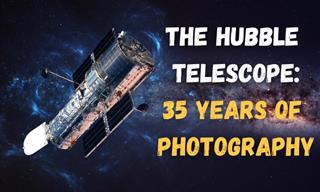
Hubble Telescope: 35 Years of Incredible Photos
Exploring 35 years of reality-changing, universe-enhancing photos that opened the sights of outer space to us all.
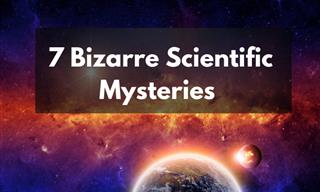 9:15
9:15
These Bizarre Mysteries Continue to Stump Scientists!
The world of science hasn't been able to explain several bizarre phenomenon yet. Let's take a look at a few of them.

Enjoy This Fascinating Collection of NASA's Best Photos
Here are 15 of NASA's most amazing recent pictures, along with brief explanations of exactly what is going on in each one.
 4:52
4:52
Neon Lights: a Beautiful Union of Science and Art
Neon signs are a beautiful blend or artistry and science, and knowing the history and the science behind them make them even more exciting
 19:27
19:27
20 of the Most Infamous Tech Product Flops In History
Here's a look at some of the most infamous and biggest technology failures in recent history.
 21:25
21:25
How Every Nuclear Power Got Its Atomics
This video will explain how each nation earned the complex and controversial title of nuclear power.
 5:39
5:39
Why Are Your Ears Ringing? The Causes Explained
Nearly 15% of the human population worldwide are plagued by this strange sensation, but most people don't know the causes behind ringing in the ears...
 15:34
15:34
This Stunning Video Visualizes the Size of the Universe
This video visualizes the number of galaxies in the world, giving you a look into the true size of our enormous universe.
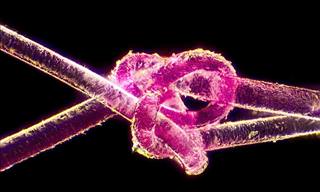
20 Peculiar Microscope Photos That You Really Must See
An unseen world exists at our fingers, and thanks to these wonderful micrographs, we can get a glimpse into that dimension.

12 Earliest Versions of Tech Inventions We Use Every Day
Witness the evolution of 11 popular devices we use all the time by looking at how they all started...
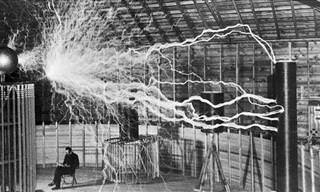
Extraordinary Inventions By Tesla That Were Never Built!
Nikola Tesla was a scientist too advanced for his time. Here are some of the inventions he never had a chance to build.
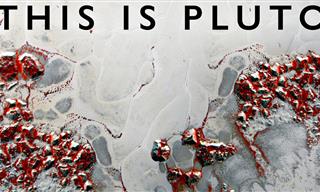 58:37
58:37
Science: Here's Everything We Know About Pluto
Join us as we unravel the mysteries of far off Pluto, 3.7 billion miles from our Sun.
 11:02
11:02
Ever Wonder What Ancient Egyptian Sounded Like?
Researchers have used all the information we know to create what they think it may have sounded like.
 24:11
24:11
25 Game-Changing Megaprojects That Will Change Our World
These incredible megaprojects that are set to redefine our world in 2025.

Science in 2025: 8 Developments That Could Change it All
Here are some of the most exciting trends in science and healthcare to keep an eye on.
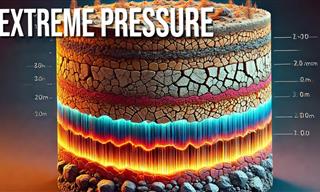 38:55
38:55
What Happens the Deeper You Go Underground?
What happens when pressure pushes matter beyond the limits of what we thought possible?
To enable your Ad-Free Subscription, please fill the fields below
Your subscription was successful, now you can enjoy an ad-free experience!! Note: To make sure you get no ads, please make sure to log in to your account. If you are logged in already, then refresh the page. The subscription can be cancelled at any time.



